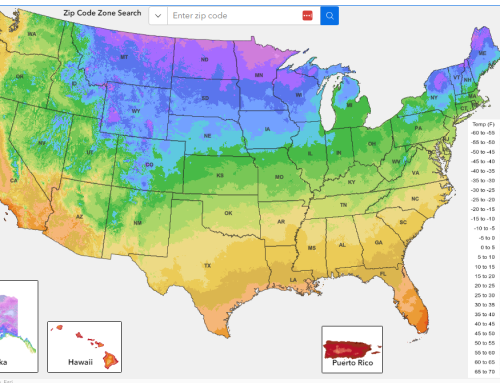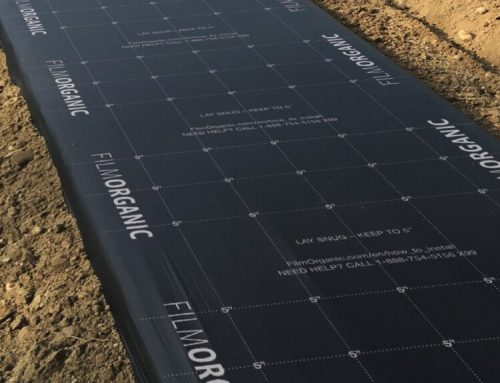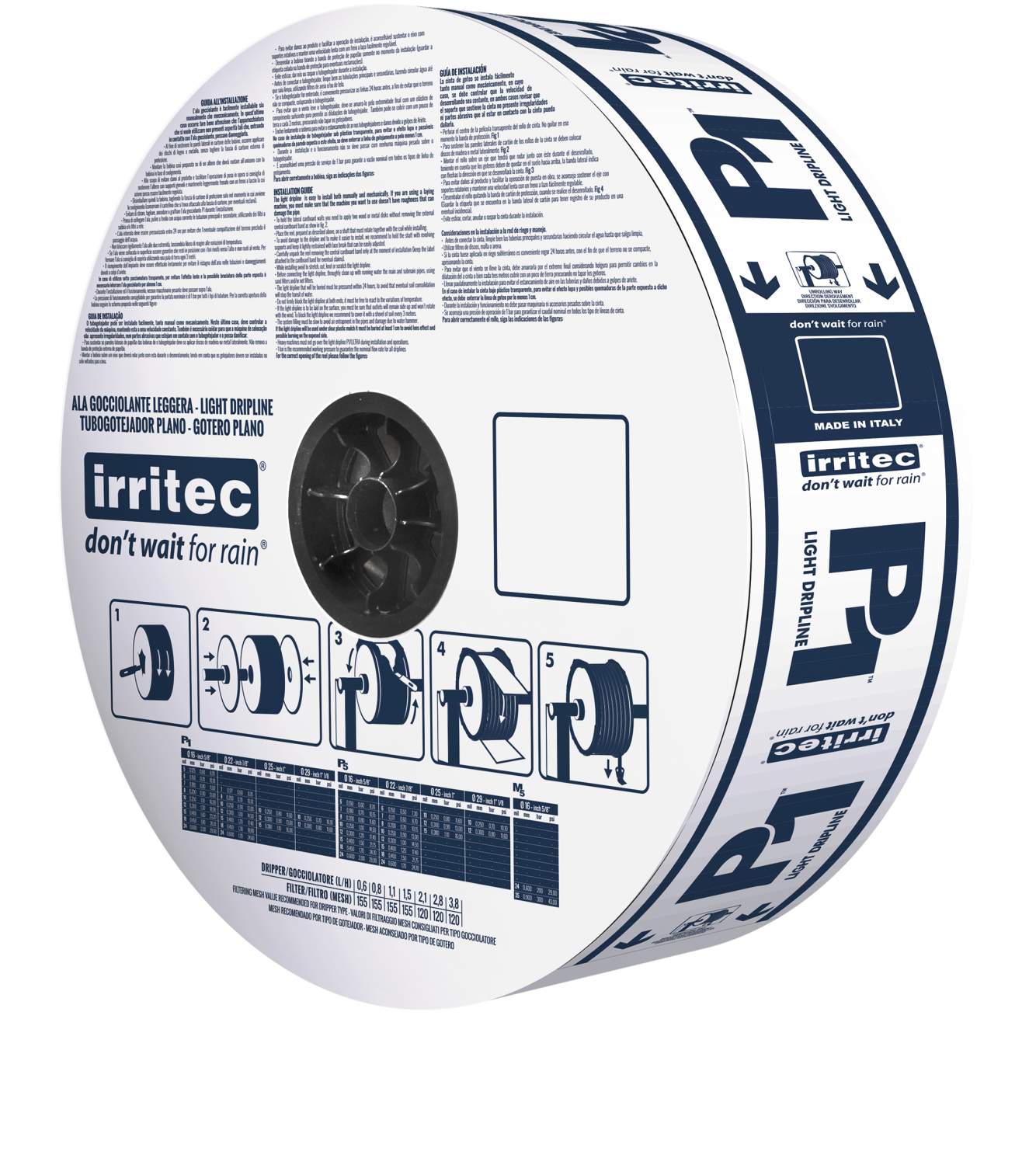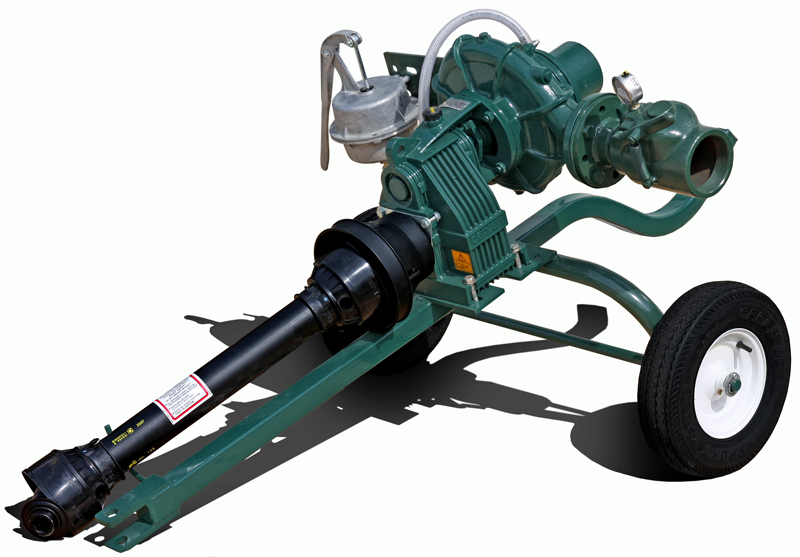One of the problems with doing things the way they have always been done is finding out that the reasons “we always did it that way” were simply based on bad science. According to the article Manure Irrigation Deserves A Retrial published in the November issue of The Journal of Nutrient Management, perhaps it is time to reflect on how we distribute liquid animal manure on our properties.
Everyone “knows” that the distribution of manure as fertilizer using irrigation equipment is a recipe for disaster. Irrigation systems like center pivot irrigation or large bore water guns are inviting criticism. Increased odor and applying manure to roads, cars, and other people’s properties are just some of the downsides of these irrigation practices.
Other objections come from the loss of nitrogen.
“The amount of nitrogen lost to the air as ammonia from application of manure is important for two reasons. From the farmer’s point of view, the loss of nitrogen as ammonia gas represents fertilizer that could have contributed to the production of a crop.
From an environmental point of view, ammonia lost from a field to the atmosphere is a source of air pollution that can combine with sulfates and nitrates to form extremely fine particulate matter that can have harmful effects on human health. This particulate matter can also contribute to water pollution when deposited into surface water by rainfall.”
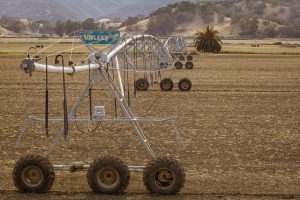
Center Pivot Irrigation
“It was thought that using irrigation to apply liquid manure resulted in higher ammonia loss as compared to application to a field with a spreader.” A more recent study is calling this ‘wisdom” into question. For more information, follow this link.


